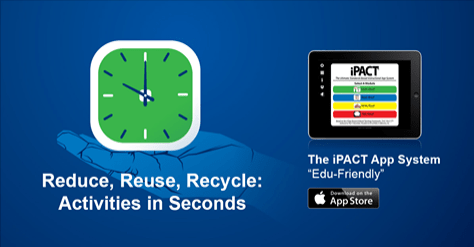
Many of our special needs learners cannot physically access materials the way other learners can. For example, a learner with cerebral palsy may need to have page lifts added to customized books in order to turn pages. To access a computer, this same learner may have to use a joystick to emulate a mouse to access a free talking book website on the Internet.
A special needs learner with a different developmental disability may have decreased functional hand use and require worksheet modifications to use a pencil, pen, or highlighter, there are some extreme cases where disability services mat be needed.
In addition to motor challenges, many of our special needs learners have cognitive impairness. For instance, a learner with Down Syndrome may need a worksheet customized into a learning workbook, tailor-made with one item on each page – as opposed to having all of the items presented on one sheet of paper like his or her classmates. Or that same learner may require more of a kinaesthetic approach to learning and retaining information better if the workbook “comes to life” on a computer screen to reinforce the targeted learning concepts of the lesson.
Instructional materials in instructional settings change as the content varies on a regular basis. This shifting of instructional formats and tools can sometimes be confusing to our special needs learners.

To be taught new information in any setting, our learners sometimes use learning books that page-turn in a horizontal fashion and other times are presented with flip books in vertical fashion, which require different physical and visual motor patterns.
To learn new vocabulary, these learners may be presented with vocabulary cards of varying sizes and symbol representations. When completing worksheets, our learners frequently have to hold a pencil or marker and circle the answer on the sheet; yet, from time to time, they have to cross out an answer and eliminate it if it does not belong. Or the word banks on the worksheets for fill-in-the-blank assignments are sometimes presented on the top of the page and other times at the bottom. These variation in the type of materials utilized in different display formats can affect the ways many of our learners process information and best demonstrate what they have learned since the formats are not consistent.

